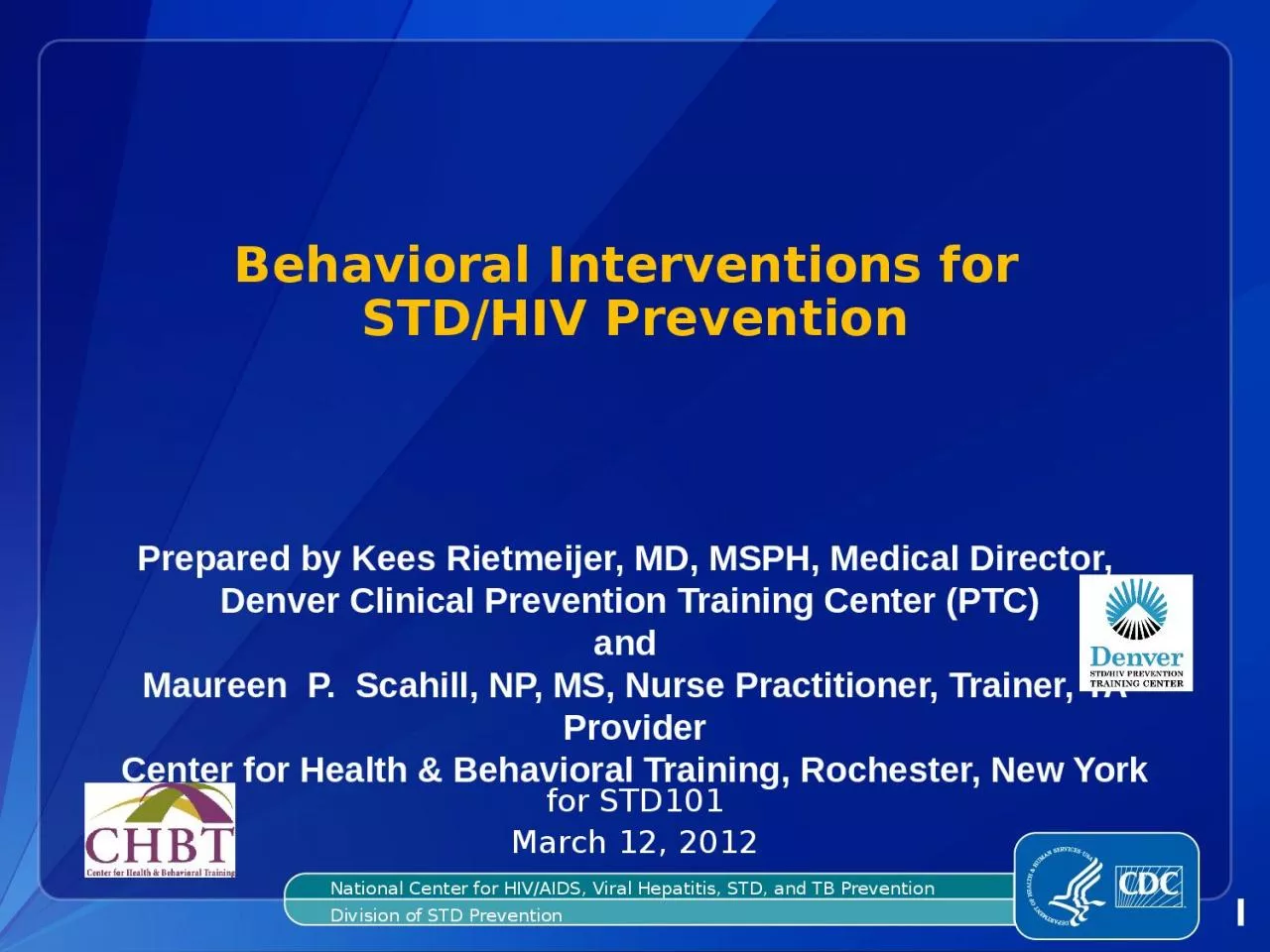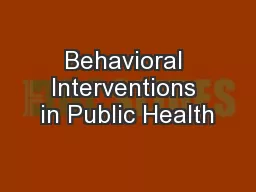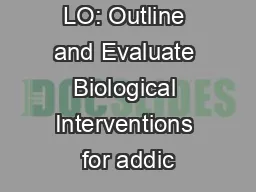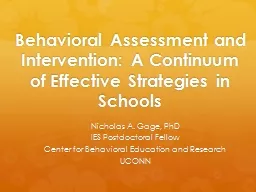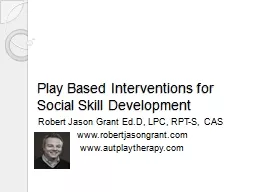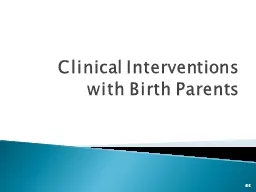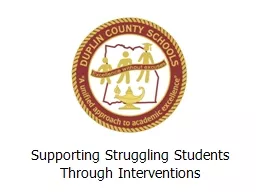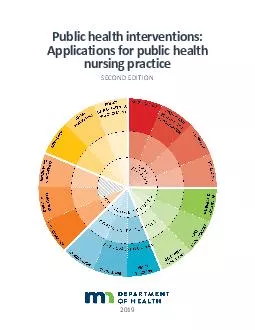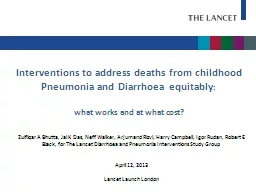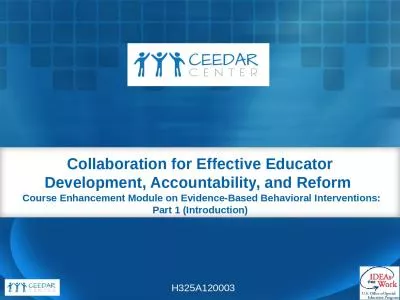PPT-Behavioral Interventions for
Author : paisley | Published Date : 2023-12-30
STDHIV Prevention Prepared by Kees Rietmeijer MD MSPH Medical Director Denver Clinical Prevention Training Center PTC and Maureen P Scahill NP MS Nurse
Presentation Embed Code
Download Presentation
Download Presentation The PPT/PDF document "Behavioral Interventions for" is the property of its rightful owner. Permission is granted to download and print the materials on this website for personal, non-commercial use only, and to display it on your personal computer provided you do not modify the materials and that you retain all copyright notices contained in the materials. By downloading content from our website, you accept the terms of this agreement.
Behavioral Interventions for: Transcript
Download Rules Of Document
"Behavioral Interventions for"The content belongs to its owner. You may download and print it for personal use, without modification, and keep all copyright notices. By downloading, you agree to these terms.
Related Documents

